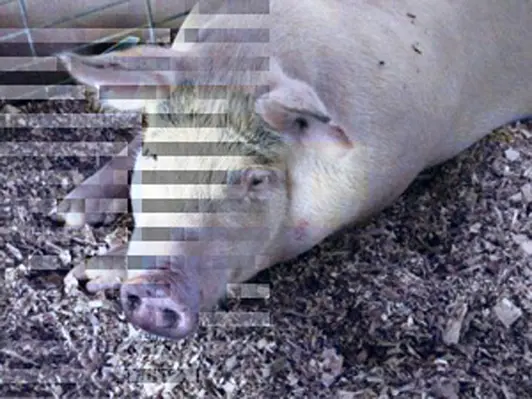A team of researchers at Tawian’s Tunghai University (THU) is working to create wood-eating, environmentally-friendly pigs, by splicing genes from cellulose-digesting microbes in termite guts into pigs
The wood-eating pigs will reduce production costs of farmers by cutting down on corn feed products.
A report in Taiwan Today said that professor Cheng Teng-kuei, who is leading the project and is also known as Taiwan’s pioneer in cattle cloning, has noted that his team at THU has isolated five termite gut bacteria enzymes.
The genes from these termites were spliced into rats, and the first litters of transgenic rats carrying the enzymes were born last month.
Previously, Cheng created the world’s first grass-eating swine by splicing genes from cow-stomach microbes into pigs.
Cheng’s cross-departmental team found that termites have a microbe in their gut that produces an enzyme that is able to break down cellulose, the main component of wood.
According to Cheng, once the gene is successfully spliced into pigs, the genetically modified animals will be able to consume wood waste instead of corn.
This could produce cleaner, less odorous excrement in addition to lowering production costs.





